The most popular souvenirs of Iran in the eyes of the foreign tourists

Introduction to the most popular souvenirs in Iran
Every city in Iran has its own souvenirs. The most famous Iranian souvenirs that are usually purchased by foreign tourists are artifacts made with the love and interest of their creators and with great effort. Just stroll through one of Iran's historic bazaars to find hundreds of unique souvenirs. Here is a list of the best and most popular souvenirs in Iran. Souvenirs that foreign tourists usually buy on their trips to Iran and take with them to their country. Continue along with Travital to get introduced to these artifacts.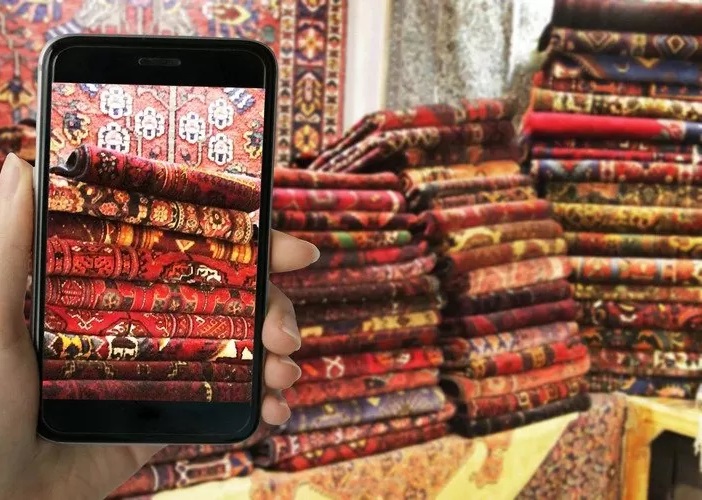
Iran hand woven fabrics
The quality and reputation of Iranian hand-woven fabrics varies depending on the city you visit. For example, Isfahan embroidered fabrics, which are produced with geometric and floral patterns, are among Iran's most famous souvenirs and have a large fan base among foreigners. Embroidered fabrics are also souvenirs for the city of Kerman, decorative wool fabrics, hand-woven and painted in natural colors. Cashmere as you all know! Manufactured in various forms such as wallets, shoes, tablecloths and even jewelry boxes, it is one of the most famous handicrafts in Yazd's historic city. In general, these hand-woven and colored fabrics are among the most popular souvenirs among tourists.
Giveh
Giveh is a traditional footware in Iran which is mostly found in mountainous areas of Zagros Mountains including Kermanshah. The best of these traditional shoes are usually made from a woven leather pad and woolen top. Because of their seams, the Givehs are widely used by Zagros locals in summer. Fortunately, young artists from the western cities of Iran have rediscovered the material heritage of the country by designing modern and up-to-date Givehs. Of course, foreign tourists do not buy these shoes for walking! They hang these unique artworks from the walls or shelves of their homes and when they see it they are reminded by Iran's rich culture.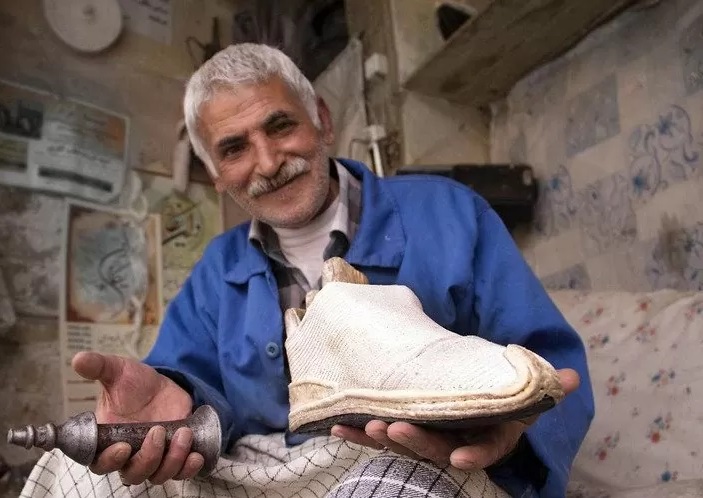
Sweets, nuts and spices
Iranian sweets and nuts are popular among the glutton tourists of the world! Many of them go to Isfahan to buy the best Gaz or to Qom to buy the highest quality Suhan. Nuts, and especially Iranian pistachio, are also popular with foreigners. With the exception of Gaz, Sohan and Pistachio, each Iranian city has its own special pastry that has become well-known among foreign and domestic tourists. In addition, one of Iran's most famous souvenirs is saffron, or red gold. Mashhad saffron is the best saffron in the world and is exported to many countries. The Mohammadi flower, cultivated mostly in Kashan, has its own foreign fans.
Hand Made Iranian Carpet
We all know that Iranian carpets and rugs are one of the most popular souvenirs of Iran. These rugs are usually very expensive, but if you are not able to afford the best kind of Iranian hand-woven carpet, you can buy something smaller and cheaper like a small carpet or a mat. Foreign tourists usually buy small rugs or carpets that are small enough to fit in their luggage.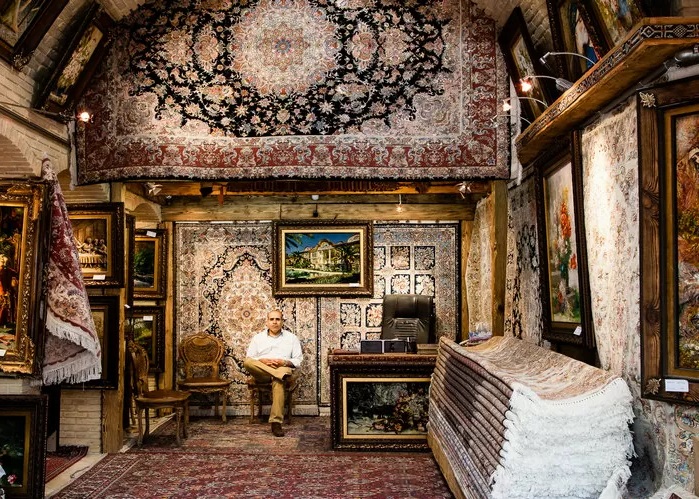
Vitreous enamel
When you travel to Isfahan, you will find out why the city is dubbed Half the World. Not surprisingly, Iran's most famous handicrafts have come from this city. One of the most famous souvenirs in Iran, especially Isfahan, is enamel. Enamel works are copper vessels that decorate their surface beautifully with birds or miniature flowers. Enamel handicrafts are usually blue, but green and red are also available in the Bazaar. At Isfahan Bazaar and some other Iranian cities, you can buy pots, plates, cups and other decorative enamel. Vitreous enamel is another popular Iranian item among tourists.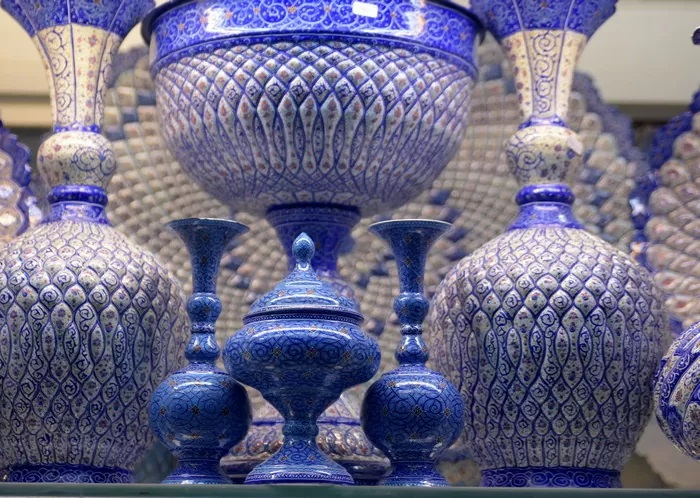
Khatam Works
Khatam is one of the most famous wooden handicrafts in Iran. Khatam artists combine wood, metal and bone to create works that will amaze every viewer's eyes. These works usually include jewelry boxes, photo frames, backgammons, etc that are beautifully decorated. Foreign tourists usually buy Iranian Khatam handicrafts as souvenirs and gifts for their friends and family.
Pottery
When visiting the Museum of Ancient Iran in Tehran, tourists realize the importance and antiquity of pottery in Iran. Many of them, as soon as they leave the museum, ask their guide to take them to a shopping mall to buy the pot! Cities such as Laljin Hamedan, Maybod and Natanz are the most famous cities in which the pottery industry is prevalent. Pottery is another of Iran's most popular souvenirs.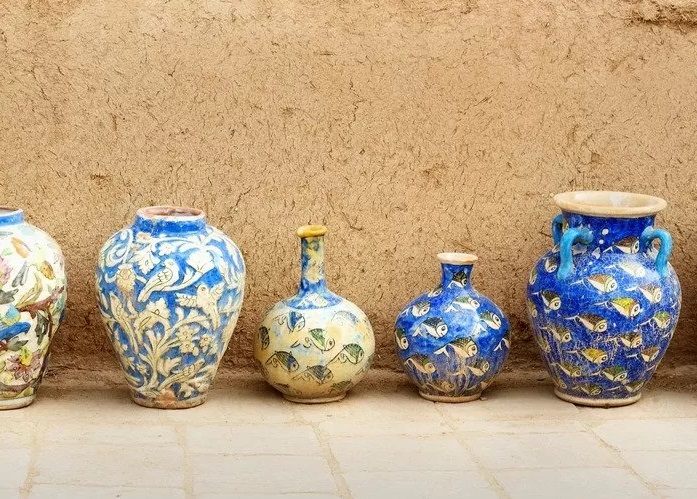
Turquoise Works
The city of Neyshabur in northeastern Iran is not only famous for its Hakim Ommar Khayyam, but also for having the best turquoise stones in the world. The turquoise from its mines are beautifully carved and used in various forms of jewelry. These turquoise are also baked into copper dishes in the form of turquoise art, creating one of Iran's most unique souvenirs for tourists.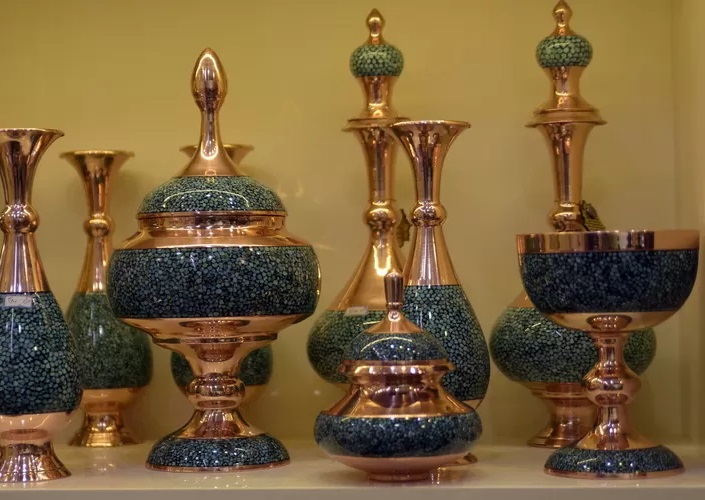
Gaz and Suhan of Isfahan
Isfahan has been the cradle of Iranian handicrafts until now. In this city, the art of craftsmen and artists has been passed on to the next generations in a master-apprentice manner, and tourists are witnessing valuable artifacts in the old market of Isfahan. Apart from handicrafts, Isfahan has its own specialty snacks and sweets that anyone who travels to Isfahan buys. Gaz and Suhan in Isfahan are souvenirs of this province that have many fans even among tourists. Ordinary or flour Gaz of different brands and excellent quality are sold in Gaz shops close to Naghsh Jahan Square or in the Jolfa neighborhood of Isfahan.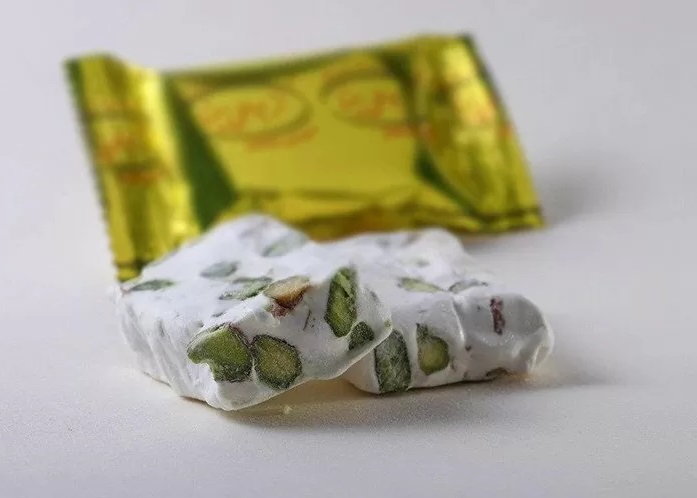
Neyshabor's Turquoise
Turquoise is one of the precious ornamental stones among the precious stones found only in certain parts of the world, including Iran. The turquoise nickname and turquoise color were taken from this stone, and among the old painters, the turquoise color was obtained from the powder, which was very expensive. Neyshabur turquoise stone is one of the most popular and high quality turquoise in the world that is used for making jewelry or decorative dishes. If you are looking for untreated turquoise stone you can buy turquoise stone from Neyshabur or Mashhad and if you are looking for trimmed turquoise stones you can find it at reputable turquoise stores all over Iran. . To distinguish turquoise of Iran from Tibet turquoise and American turquoise you can find the Iranian one by its dark veins.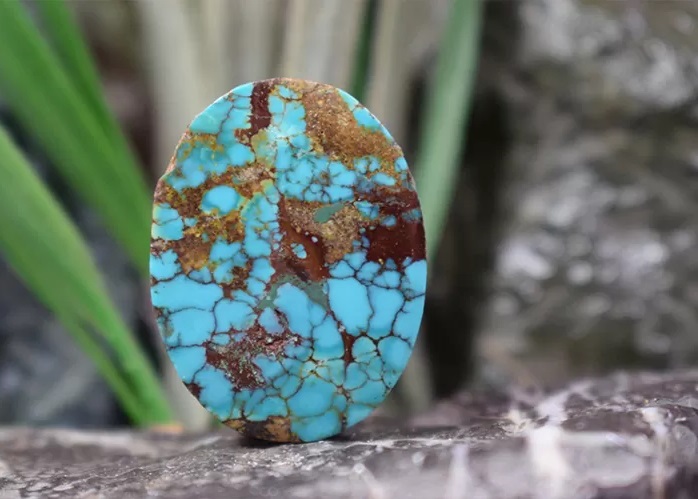
Kerman's Pistachio
Among the nuts and souvenirs of Iran, sometimes referred to as green gold, are pistachios. Kerman, Damghan and Sabzevar pistachios are very popular in our country and many tourists buy them while traveling to these cities. Pistachios for foreign tourists have clean and beautiful packaging and represent the pistachio and its type. Pistachio harvest season is September and early October which you can also buy fresh pistachio at this time. Fresh pistachio is less warm and tastier than dried pistachio.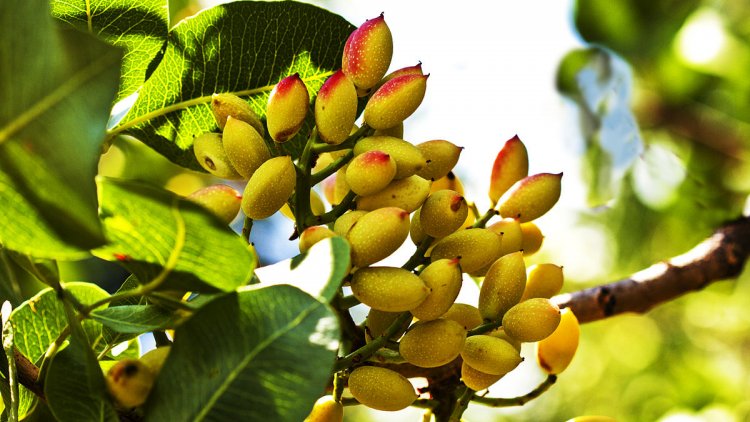 Kerman's Pistachio
Kerman's PistachioSaffron
One of the most famous and expensive souvenirs of Iran and spices in the world is saffron. Although saffron is planted in countries such as India, America, Spain, Italy and some North African countries, Iranian saffron has good value and quality among other saffron. In our country, saffron is planted in cities of provinces such as Great Khorasan and more recently in other provinces. One of the most fascinating tours for foreign tourists at the time of harvesting the saffron flower is the accompanying of tourists with the farmers to pick this precious flower. Because of the high value that saffron has, they are also called red gold.
Kerman's Pate
Exquisite handmade fabrics can be found in Iran, including Pateh, one of the most precious and beautiful needle works. Many foreign tourists and tourists traveling to Kerman cannot resist the temptation to buy these fabrics after visiting Ganjali Khan Market. Pate fabrics come in many different designs, colors, sizes and uses to buy. From small cashmere desktops and under glass to the largest wall paneling. If you also traveled to Kerman, we suggest you buy this traditional fabric.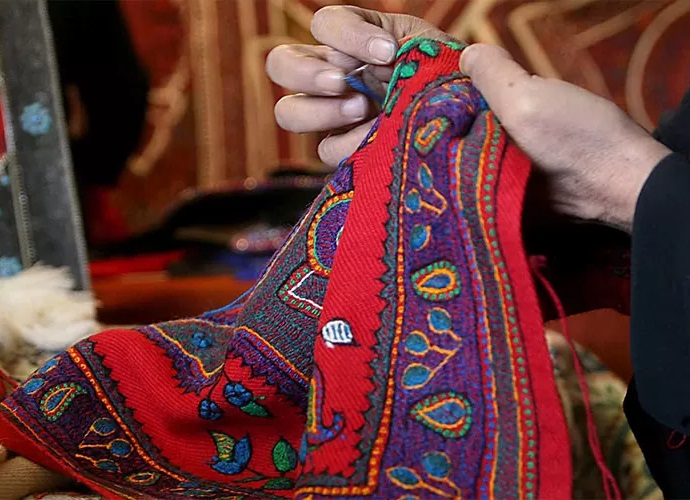
Iranian Traditional Clothes
In all parts of Iran, men and women wear traditional, hand-made and colorful clothing that is woven from expensive hand-woven cotton, wool, flax, and so on. Beautiful Turkmen costumes, colorful rivet skirts of north people and Gilaki, embroidered needlepoint pants in the south of our country with their colorful and cool clad fabrics, colorful shirts of our country Lur and Kurdish with beautiful headbands and scarves… All are of Iran's most beautiful garments and souvenirs. Many foreign tourists anywhere in Iran can wear traditional and local costumes and take beautiful pictures with them. In most of Iran's tourist areas such as Abyaneh, Masouleh, Turkmen and other places you can even buy Iranian national costumes.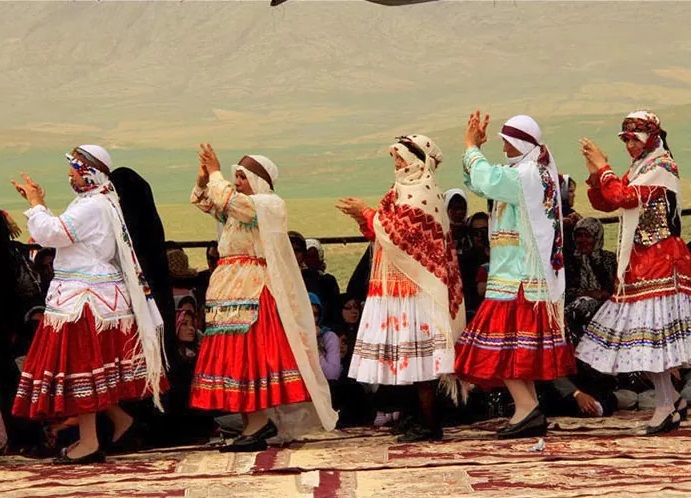
Date
Date is one of the crops grown in hot and humid areas of southern Iran. Export dates are among the souvenirs of Iran, and tourists traveling to this area of Iran always buy a box of dates for their friends and relatives as souvenirs. Visiting the palm trees of southern Iran has a very warm and attractive atmosphere for foreign tourists. Khuzestan dates are also very high quality. A sweet and savory flavor that is marketed under the names of Estemeran, Khazravi, Kabkab, Zahedi, Gentar, Barehi, Khasouie, Deiri, Sekar and Halavi.
Iranian Miniator
Miniature art and miniature painting is an art that is also found in Japan, the Far East and China. But it is only in Iran that you can see miniature shops, especially in Isfahan. Miniatures are nowadays brought from the palaces on thin sheets of camel bone and boards. If you stroll through the beautiful palaces of the Safavid era such as Chehelston, Hasht Behesht, Aali Qapou and even gardens like the Fin Kashan Garden, you will find excellent miniature paintings. The works of the past artists and painters, such as Behzad, have been continued by other artists and it continues to have loyal fans. Many miniature paintings are drawn on whiteboards with strong magnifiers and special brushes. The boards are so delicate that even you as a viewer sometimes have to get a magnifying glass. The price of each miniature work varies depending on the artist and his skill. It also depends on the size and theme of the panel. Foreign tourists are thrilled to see Iranian souvenirs, especially miniatures. They gaze at the work of Iranian painters in miniature shops in Isfahan for hours and eventually buy the most beautiful works. These painters have different backgrounds. They even work on miniature pen cases and ornament containers, which multiply the value of the container.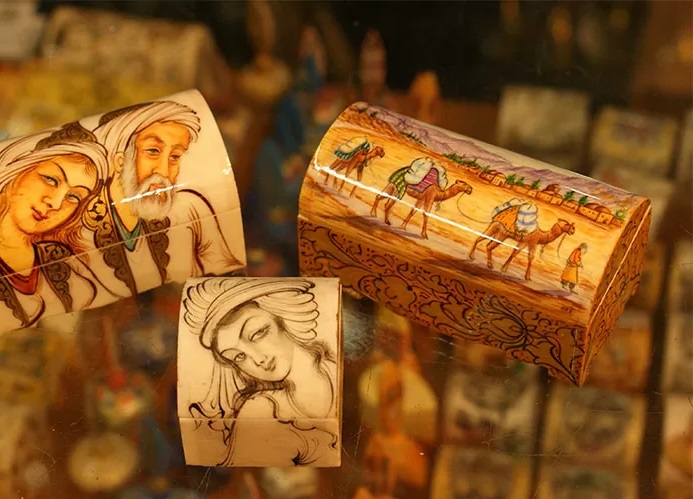 In addition to the above, many tourists traveling to Iran are looking for traditional tea services as well as refined dishes of gold, silver, copper and bronze. The issues raised here are just a handful of Iranian handicrafts that foreign tourists are very fond of.
In addition to the above, many tourists traveling to Iran are looking for traditional tea services as well as refined dishes of gold, silver, copper and bronze. The issues raised here are just a handful of Iranian handicrafts that foreign tourists are very fond of.Your Travel Journey Starts Here
Sign up and we'll send the best deals to you

